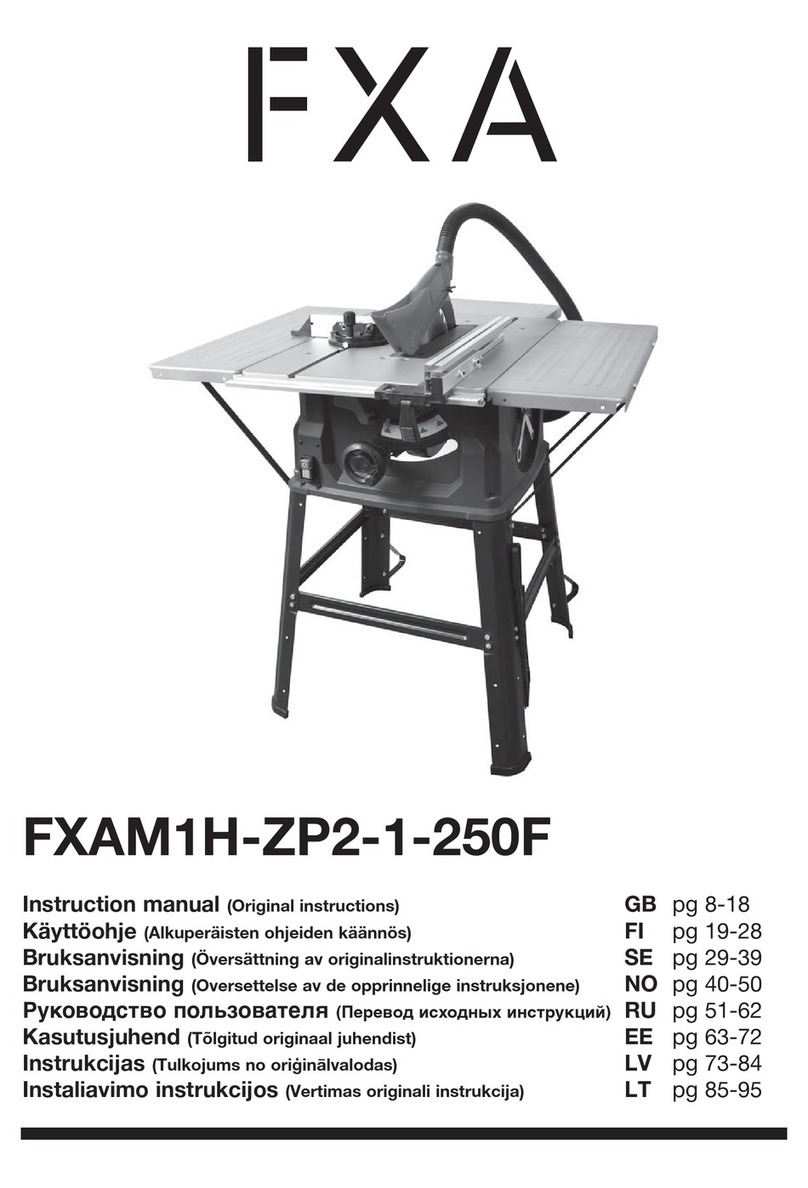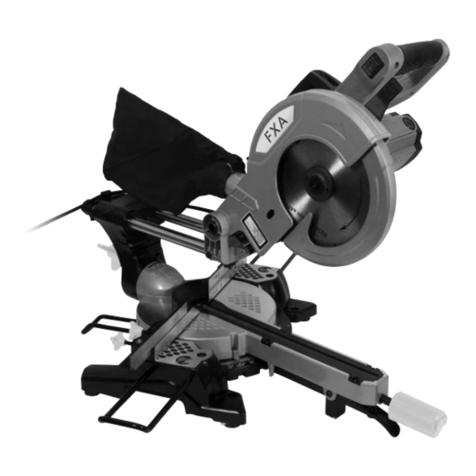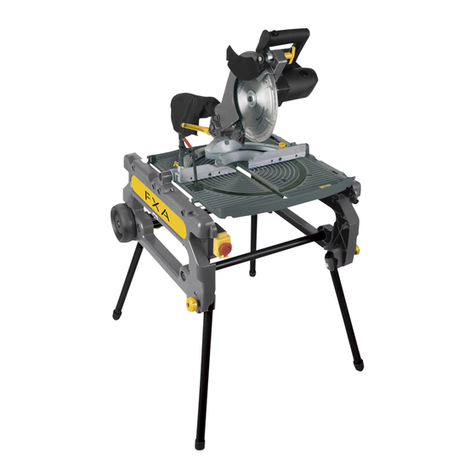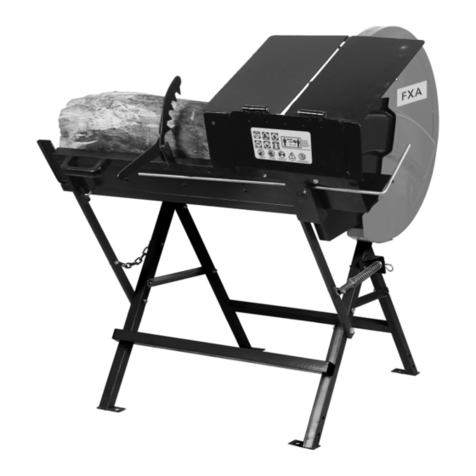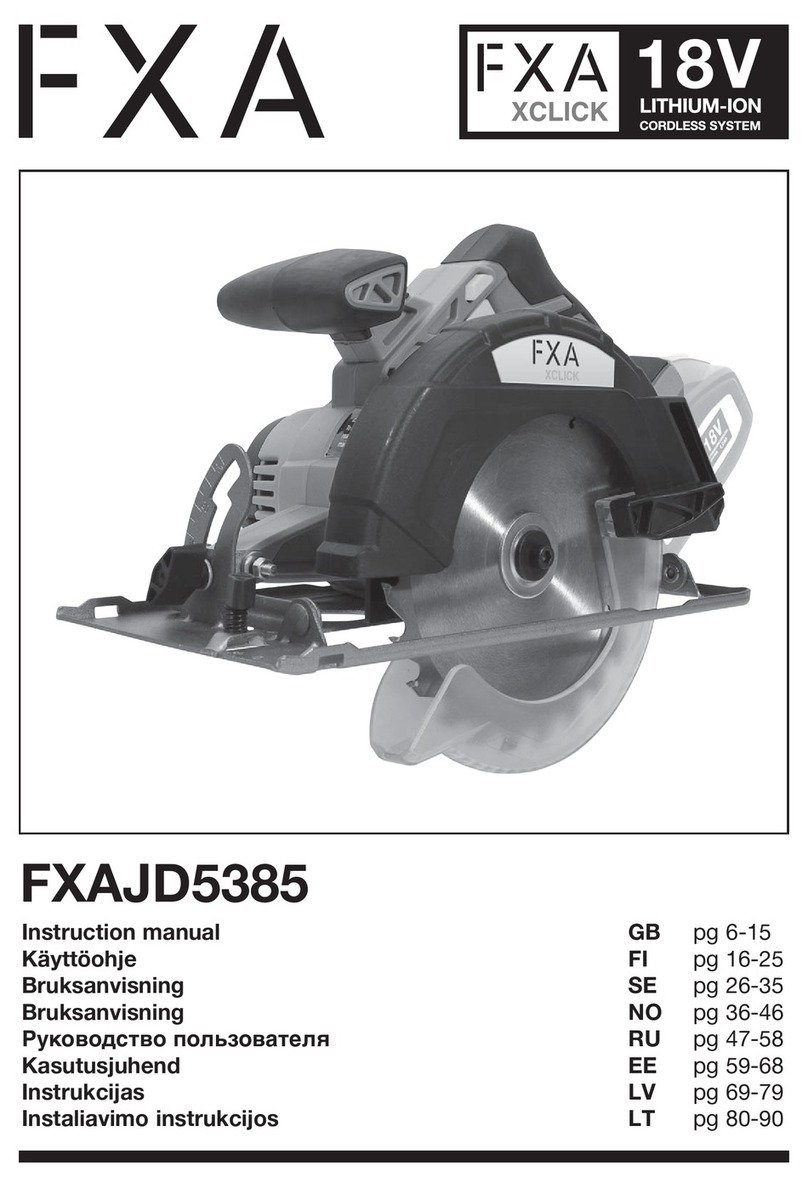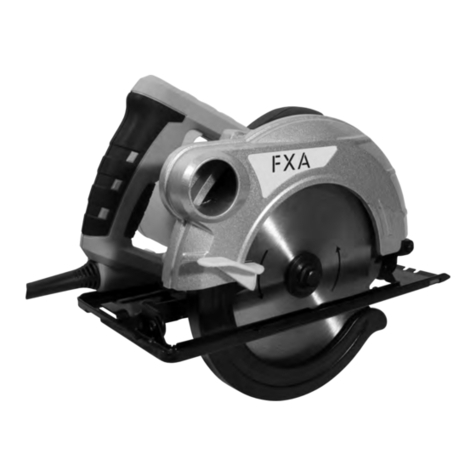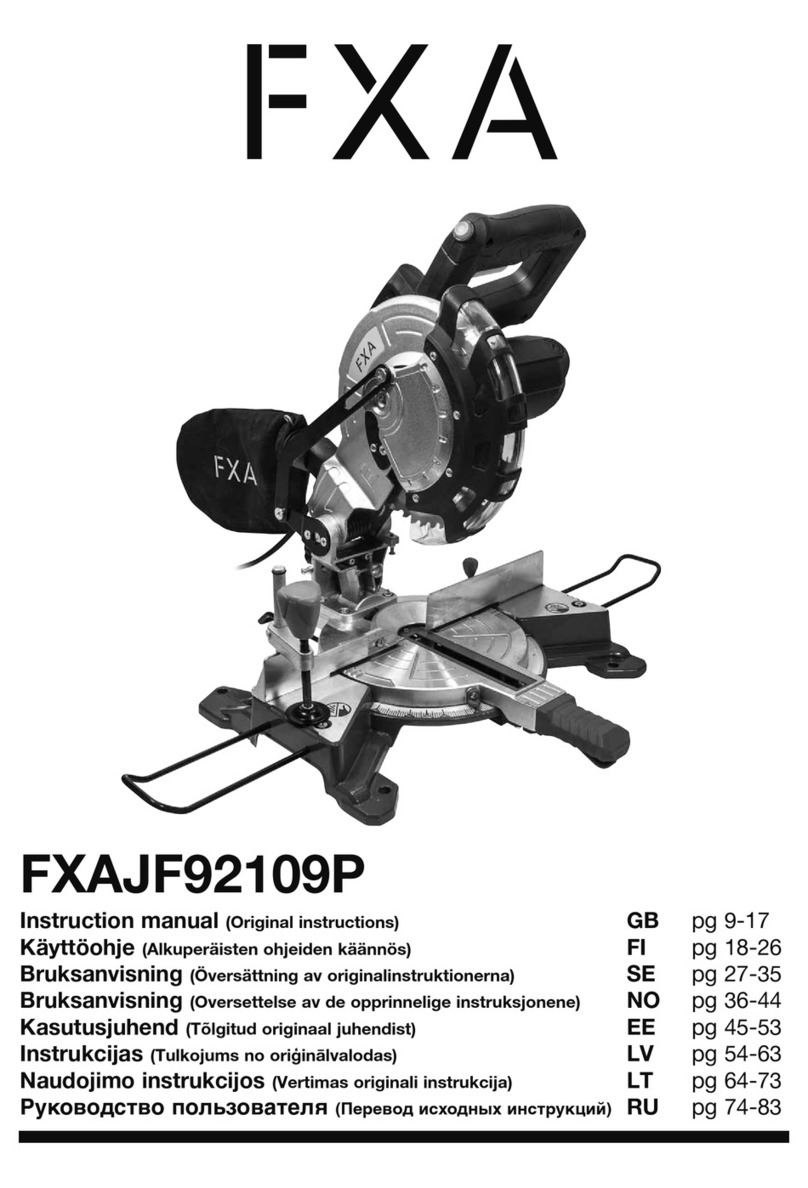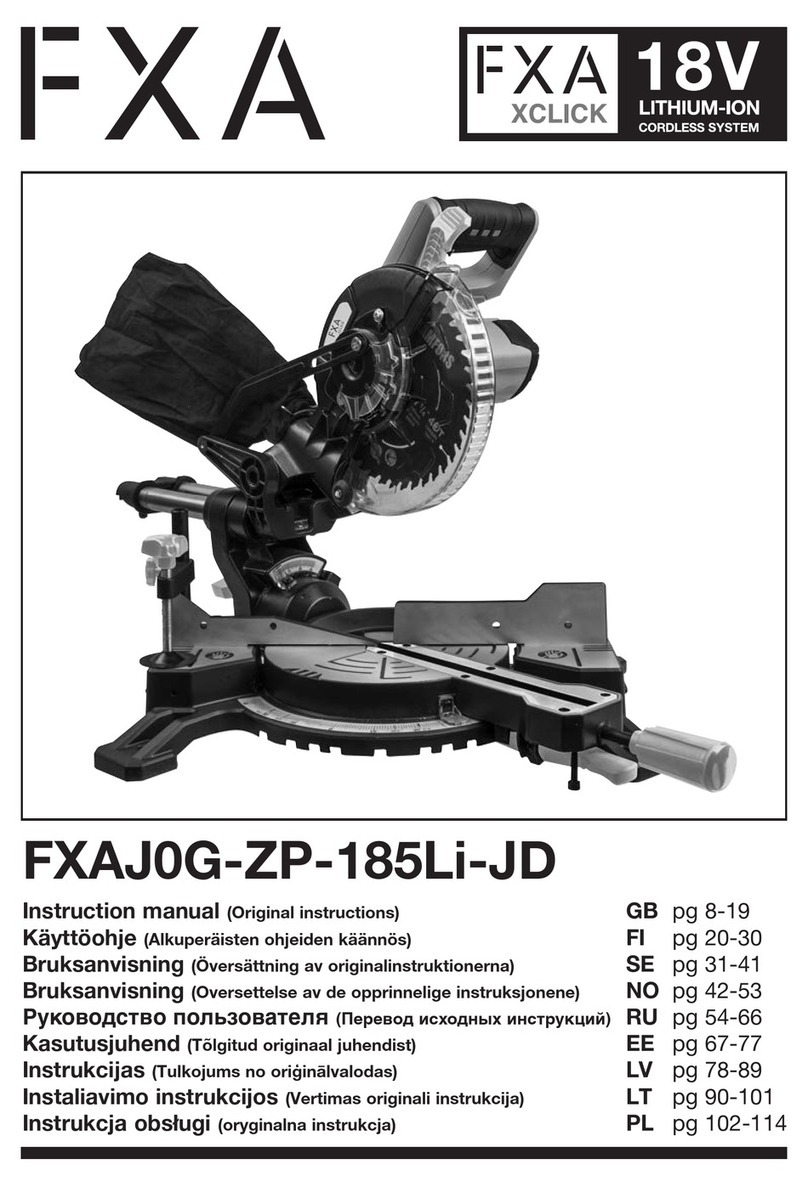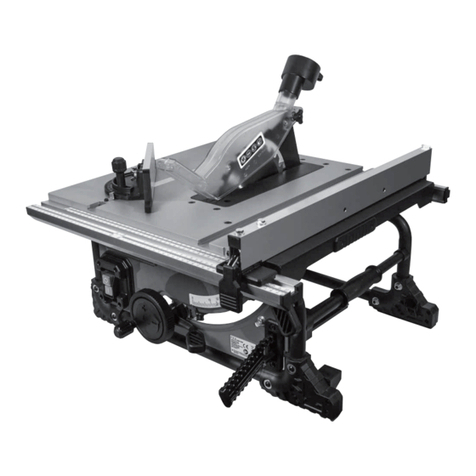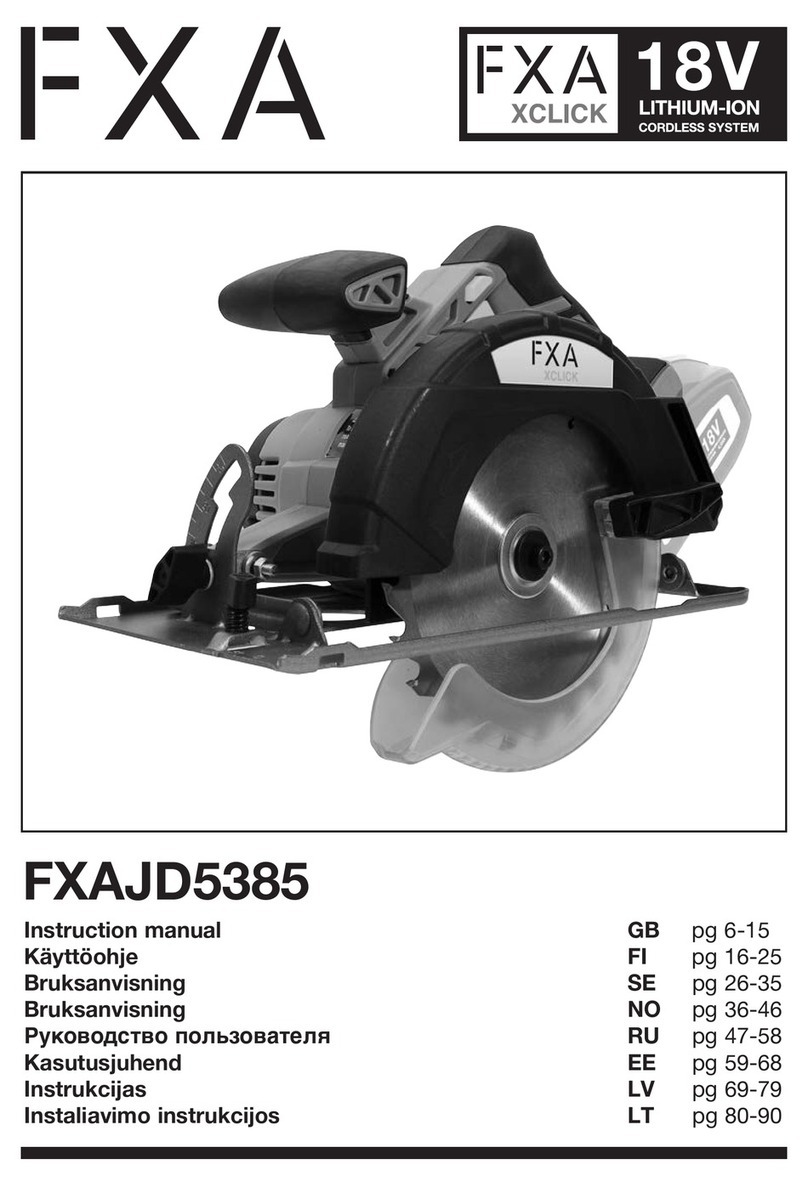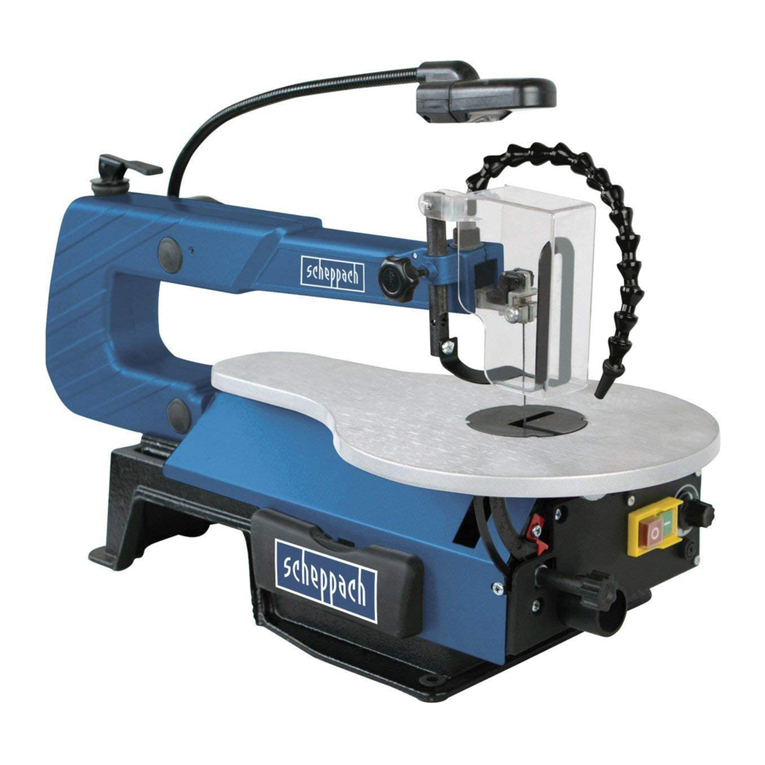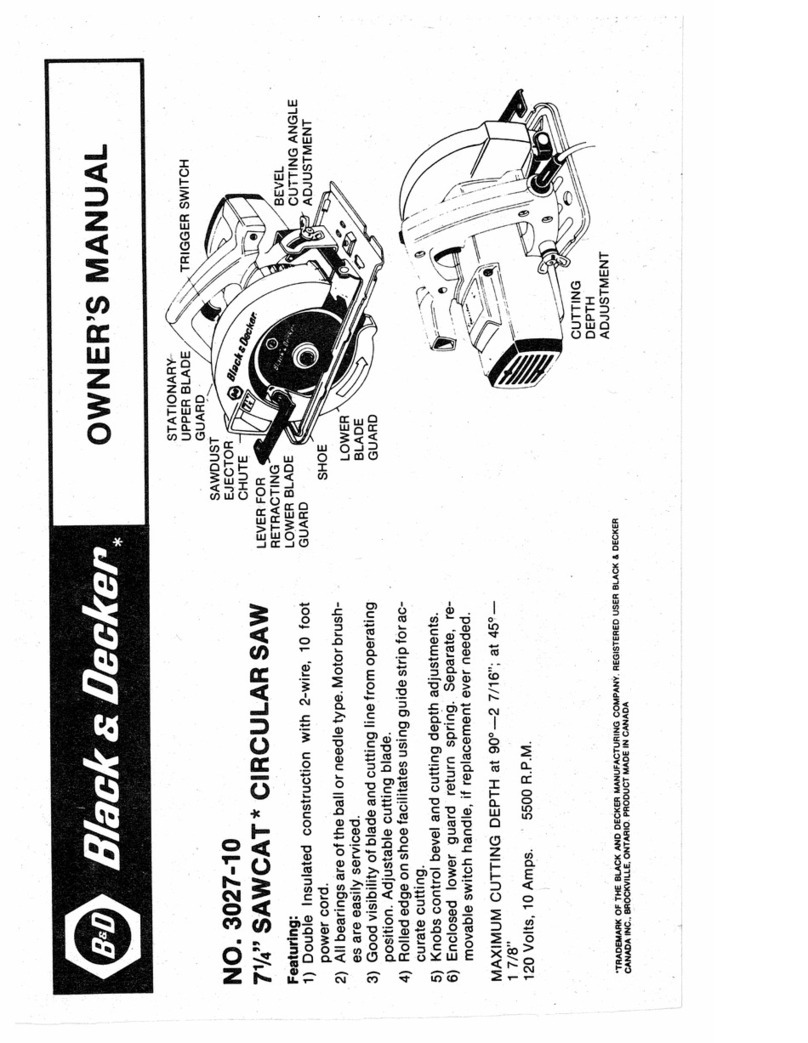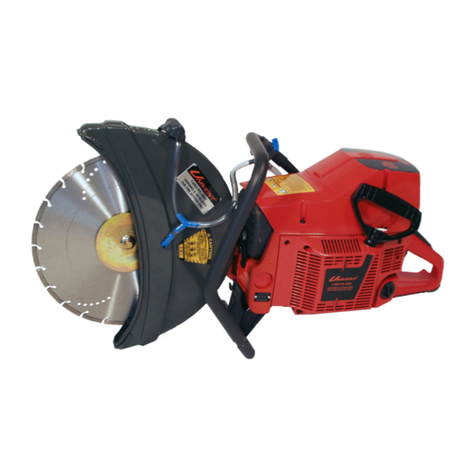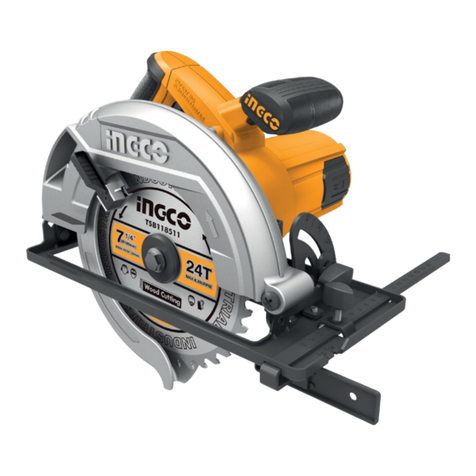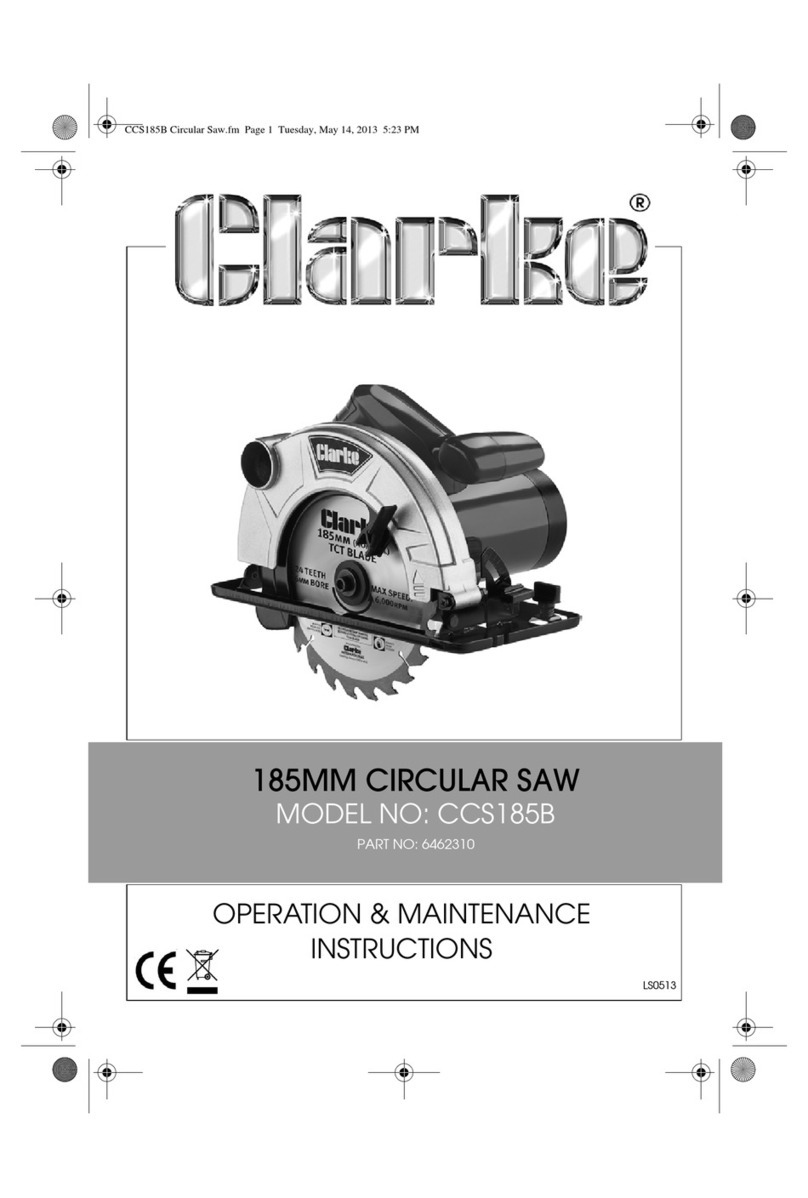9
INTRODUCTION
Thankyou for purchasing this product which has
passed through our extensive quality assurance
process. Every care has been taken to ensure that it
reaches you in perfect condition.
SAFETY FIRST
Before attempting to operate this power tool the
following basic safety precautions should always be
taken to reduce the risk of fire, electric shock and
personal injury. It is important to read the instruction
manual to understand the application, limitations and
potential hazards associated with this tool.
CERTIFICATE OF GUARANTEE
This product is guaranteed for a period of 2 Years,
with effect from the date of purchase and applies only
to the original purchaser. This guarantee only applies
to defects arising from, defective materials and or
faulty workmanship that become evident during the
guarantee period only and does not include
consumable items. The manufacturer will repair or
replace the product at their discretion subject to the
following. That the product has been used in
accordance with the guide lines as detailed in the
product manual and that it has not been
subjected to misuse, abuse or used for a purpose for
which it was not intended. That it has not been taken
apart or tampered with in any way whatsoever or has
been serviced by unauthorised persons or has been
used for hire purposes. Transit damage is excluded
from this guarantee, for such damage the transport
company is responsible. Claims made under this
guarantee must be made in the first instance, directly
to the retailer within the guarantee period. Only under
exceptional circumstances should the product be
returned to the manufacturer. In these case it shall be
the consumer’s responsibility to return the product at
their cost ensuring that the product is adequately
packed to prevent transit damage and must be
accompanied with a brief description of the fault and
a copy of the receipt or other proof of purchase. The
manufacturer shall not be liable for any special,
exemplary, direct, indirect, incidental, or consequential
loss or damage under this guarantee. This guarantee
is in addition to and does not affect any rights, which
the consumer may have by virtue of the Sale of Goods
Act 1973 as amended 1975 and 1999.
STATUTORY RIGHTS
This guarantee is in addition to and in no way affects
your statutory rights.
PRODUCT DISPOSAL
When this product reaches the end of it’s life or is
disposed of for any other reason, it must not be
disposed of in household waste. In order to preserve
natural resources, and to minimise adverse
environmental impact, please recycle or dispose of
this product in an environmentally friendly way. It
should be taken to your local waste recycling centre
or other authorised collection and disposal facility.
If in doubt consult your local waste authority for
information regarding available recycling and / or
disposal options.
SPECIFIC SAFETY INSTRUCTIONS
Read all these instructions before attempting to
operate this product and save these instructions.
BLADE SAFETY
WARNING: Rotating Saw Blades are extremely
dangerous and can cause serious injury and
amputation. Always keep fingers and hands at least
150mm (6”) away from the blade at all times. Never
attempt to retrieve sawn material until the cutting
head is in the raised position, the guard is fully closed
and the saw blade has stopped rotating. Only use saw
blades that are recommended by the manufacturer
and that comply with the requirements of EN 847-1
Do Not use saw blades that are damaged or
deformed as they could shatter and cause serious
injury to the operator or bystanders.
Do Not use saw blades that are manufactured from
high speed steel (HSS).
Do not stop the blade by forcing the machine or by
using sideways pressure.
Do not use blades that are deformed or have missing
teeth. This is highly dangerous and could result in a
serious accident to the operator and bystanders as
well as damaging the machine.
Do not use blades that are larger than specified, only
use blades that are rated for the machine. The
rotational speed (min-1) shown on the blade should
always be HIGHER than the rotational speed (min-1)of
the machine.
Ensure that the directional arrow marked on the blade
corresponds with the rotational direction of the motor.
The teeth of the blade should always point downward
as viewed from the front of the saw.
If the table insert becomes damaged or worn it must
be replaced with an identical one available from the
manufacturer as detailed in this manual.
PERSONAL PROTECTIVE EQUIPMENT (PPE)
Hearing protection should be worn in order to reduce
the risk of induced hearing loss.
Eye protection should be worn in order to prevent the
possibility of the loss of sight from ejected chippings.
Respiratory protection is also advised as some wood
and wood type products especially MDF (Medium
Density Fibreboard) can produce dust that can be
hazardous to your health. We recommend the use of
an approved face mask with replaceable filters when
using this machine in addition to using the dust
extraction facility.
Gloves should be worn when handling blades or
rough material. It is recommended that saw blades
should be carried in a holder wherever practical.


